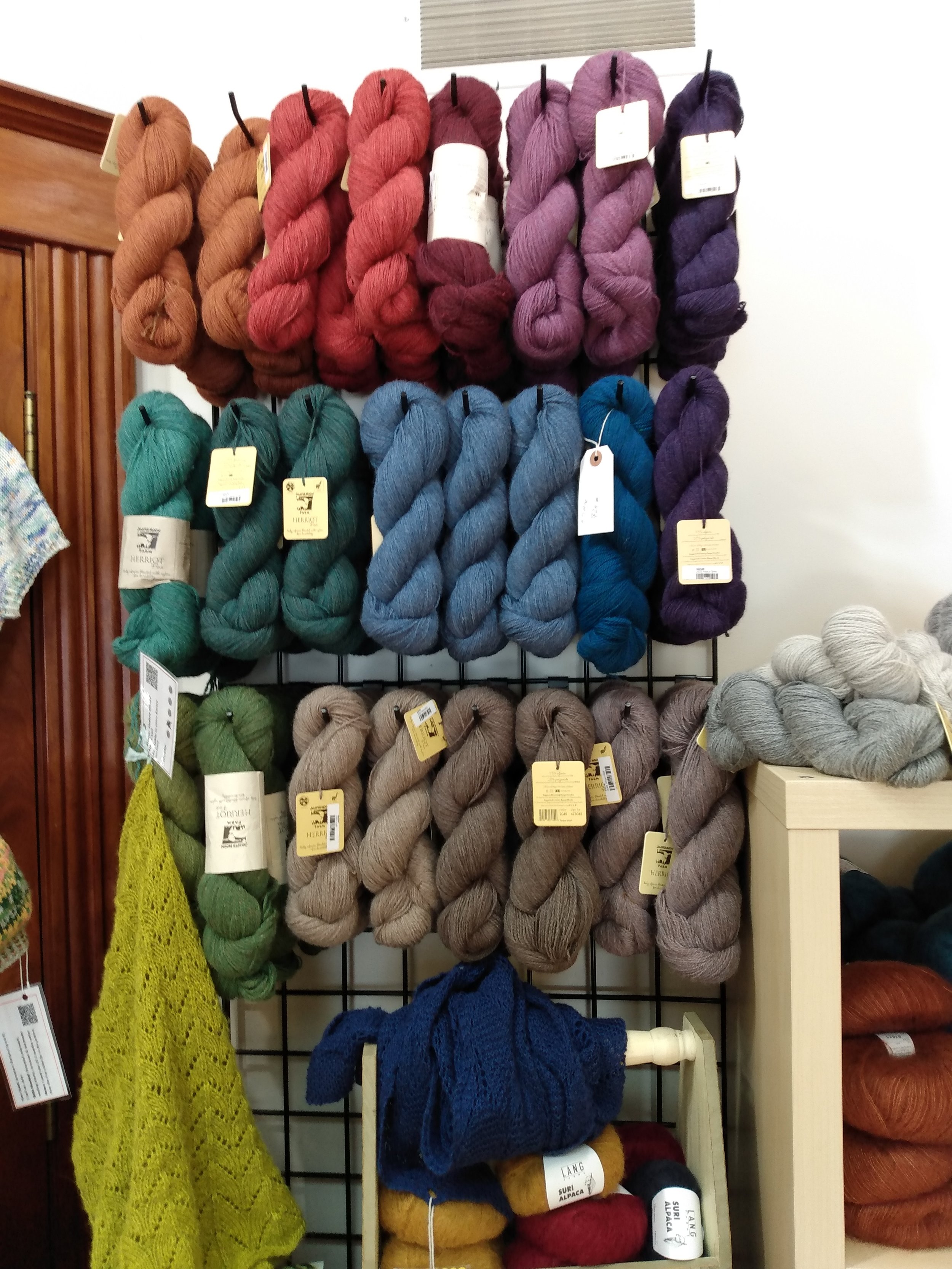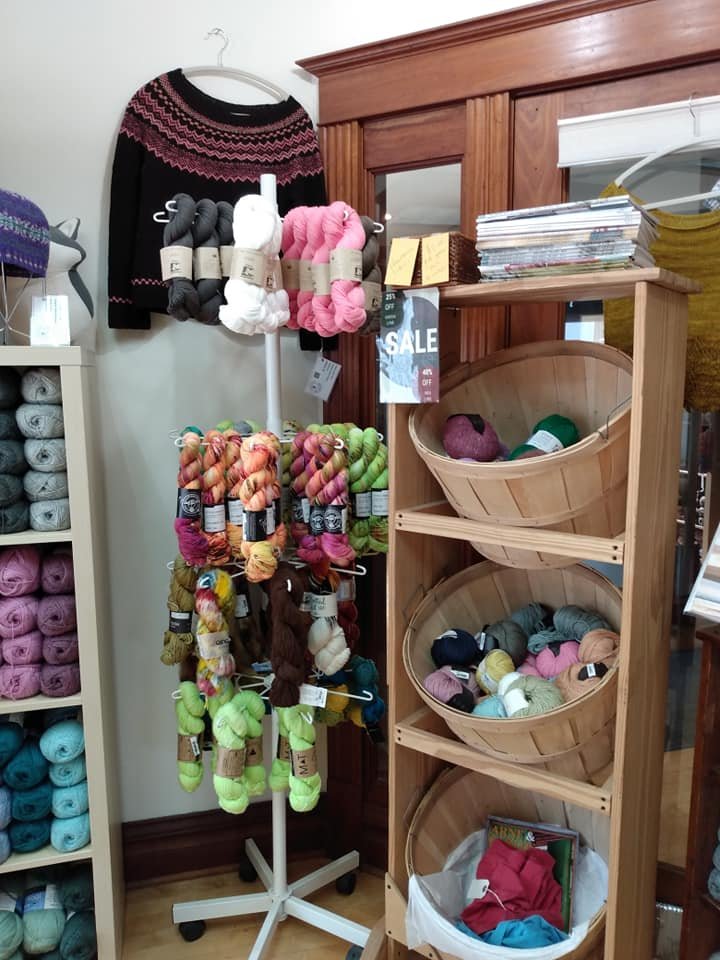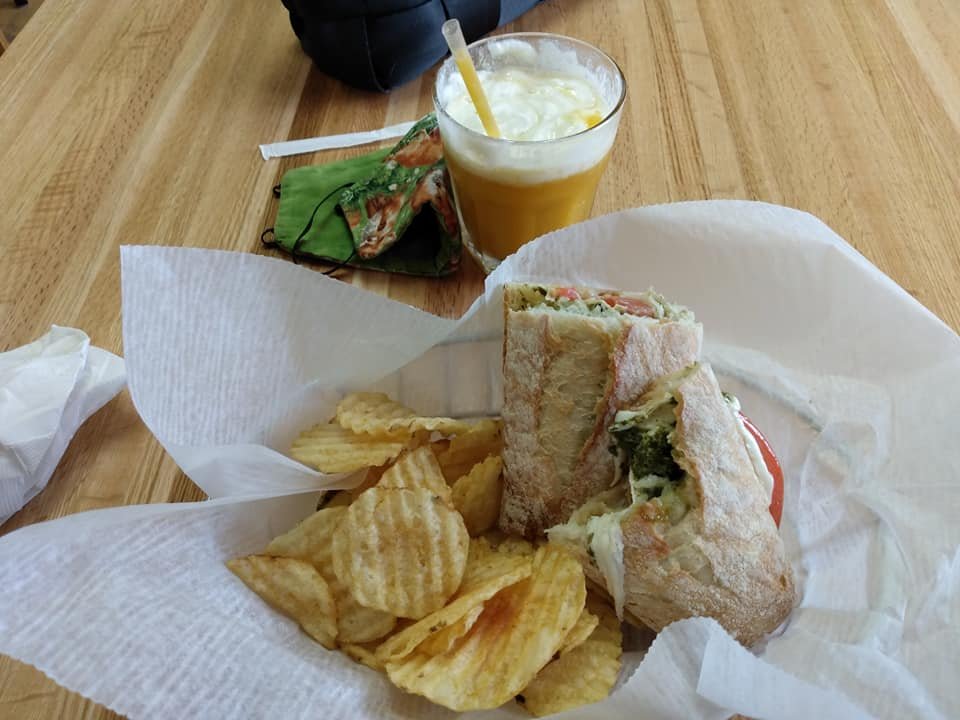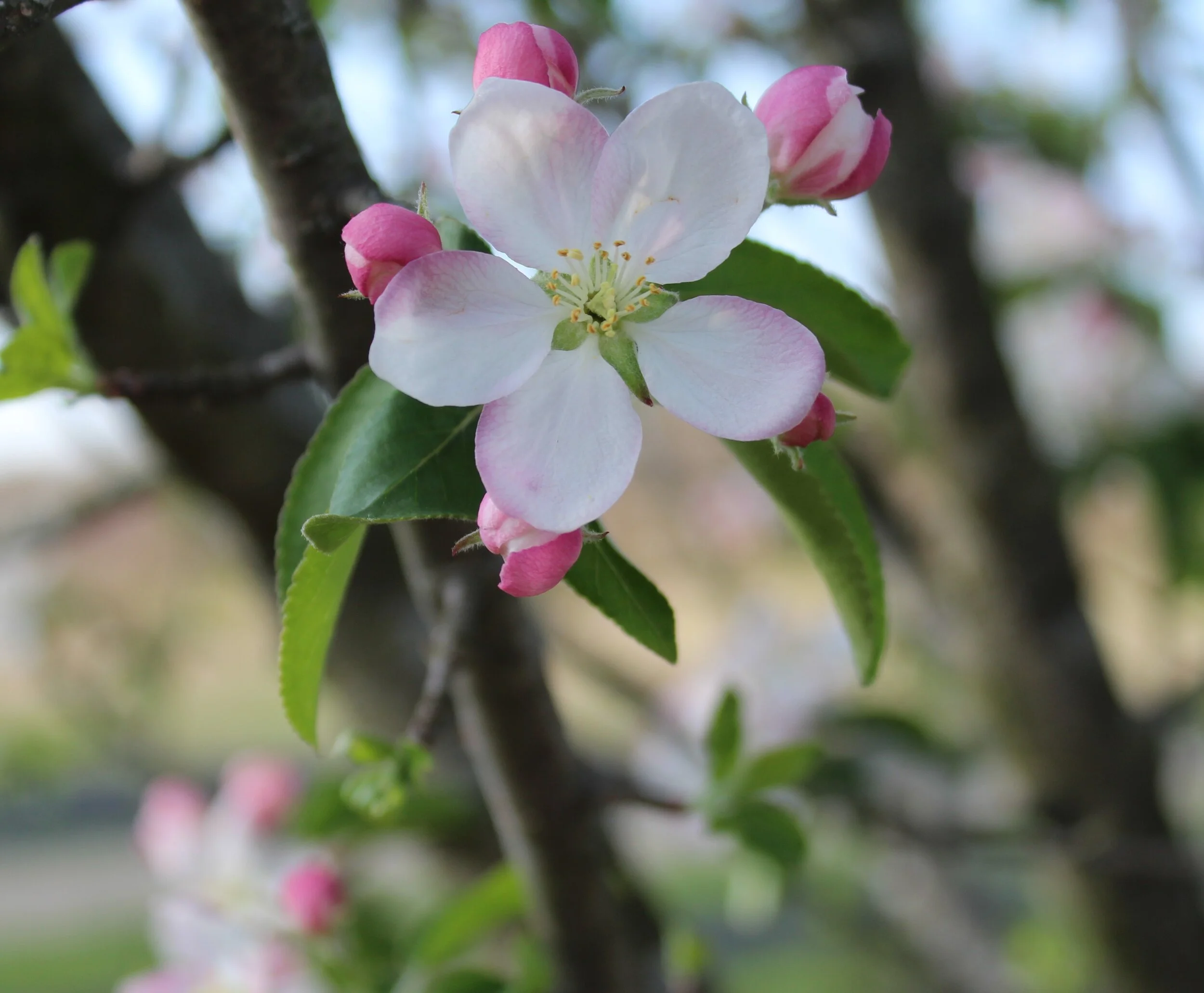Knitting and crocheting are both fun and creative activities. They are also a great way to make gifts for others or items for yourself. Just one way you can benefit the environment is to make it homemade.
Sustainable fiber arts use organic and ethically sourced materials. This reduces the use of water and chemicals during production and in the case of wool treats animals humanely.
In our article Sustainable Clothing: Is it worth it? we discussed purchasing sustainable clothing.
Making your own clothing takes you to a whole new level. This article talks about what makes fibers sustainable and ways to source yarns for every budget.
Where Do Natural Fibers Come From?
Cotton
Cotton has been grown as a crop for thousands of years dating as far back as 6000 BC in Peru. Cotton has an intense and somewhat savage history in America. Cotton still plays a prominent role in US agriculture supplying 35% of the world’s raw cotton.
It is a tall plant that produces bolls (not balls) on the top of the plant. These bolls bust open in late summer revealing the cotton fibers.
Here is an article I wrote for Morning Chores on how to grow cotton.
As a crop, cotton requires a lot of water. In addition, the processing of the cotton into usable fiber uses an intense amount of water.
In commercial cotton, pesticides are commonly sprayed on the plant, and chemicals are often used during manufacturing.
Cotton is a strong durable fabric. One reason it is so popular. In addition, it is naturally biodegradable and vegan-friendly.
Outside of the USA, Turkey, India, and Egypt are large exporters of organic cotton. Keep in mind how far the materials travel affects its sustainability.
Hemp
Hemp is a wonderfully strong fiber. Hopefully in the USA, we have gotten past the irrational fear of not promoting growing hemp because it’s marijuana (it’s not by the way).
Hemp production is being driven by the demand from farmers to be allowed to raise the crop and join the global market. Hemp has enormous potential as a profitable crop for farmers.
Hemp is a very hardy crop and grows well without herbicides or pesticides making it very sustainable.
Linen
Linen is derived from the flax plant. Linen absorbs moisture which makes it a cooling fabric. You may see it mixed with cotton or other fibers.
Silk
Silk comes from an insect. Silk comes from the cocoon of the silkworm which will turn into the silk moth. Unfortunately for most commercial purposes, the silkworm larvae are boiled inside the cocoon to make the fibers easier to remove.
If you are interested in animal welfare then silk is not a humane fiber. However, there are some methods, notably with tussah silk that harvest the silk after the caterpillar has metamorphosized and left the cocoon.
In addition, it is felt that there are no silkworms left in the wild. The silk moth has lost its ability to fly due to domestic breeding.
Tencel or Lyocel
Comes from wood pulp specifically from birch, beech, and eucalyptus trees. Trees are grown and managed in a sustainable way so that trees are consistently being replanted.
It is very strong yet still soft and very popular in loungewear and undergarments.
Viscose
Viscose skirts the line on being a natural product and is considered semi-synthetic. Viscose, a type of rayon, does come from trees (wood pulp). It often uses fast-growing trees such as pine, eucalyptus, and even bamboo (which is actually grass).
However, like other rayons, the process to make it into yarn or clothing uses a large number of chemicals such as sodium hydroxide, nitrous oxides, and carbon disulfide. These are all major air pollutants as well as harmful for workers to breathe.
Carbon disulfide has been linked to strokes in rayon factories.
Wool, Alpaca
Wool comes from sheep and alpacas, mohair and cashmere come from goats, and angora from rabbits.
Removing wool from sheep does not harm the animal - although it can be a tad stressful if they don’t want to stand still! It’s basically like getting a haircut.
Raising sheep organically means allowing them access to sunshine and grass. Their humane treatment is important.
Vegans may not choose to use wool fibers because they feel it is exploiting the animal for human purposes.
Look for animal fibers that state they have ethical treatment for the animals.
Unsustainable Yarns
This is the “bad” list as far as eco-friendliness is concerned. These fibers are plastics derived from fossil fuels. It is true that they are much cheaper if you look at the dollar amount.
Acrylic
Nylon
Polyester
Spandex
Why Purchase Sustainable Yarn?
Knitting and crocheting both involve purchasing fibers better known as yarn. Purchasing fiber is an intentional task and one that is not often talked about.
The act of knitting or crocheting is an intimate relationship with the yarn. We are holding, touching, and inhaling the scent as we make our items. We may have thoughtfully chosen just the right colors and yarn weight.
Purchasing fabric made from a renewable resource such as bamboo, organic cotton, alpaca, or wool should not be a difficult process but sometimes it is!
Like with buying sustainable clothing our buying decisions can support a positive impact on the earth. Unlike with clothing, it’s often easier to buy yarns that have been created locally. This gives you an opportunity to find out how the plants or animals were raised.
Does Sustainable Yarn Cost More?
Yes, sustainable products represent the true cost of getting a product to you. Unlike many big box store products which are underwritten with tax dollars in the form of agricultural subsidies.
When you buy sustainable yarn you are supporting a farmer who has worked hard to raise that sheep or grow that hemp plant. Once the product leaves the farm it still needs processing and preparation for it to be packaged and sold.
All of these steps affect the final process.
Slow Yarn
I was familiar with the Slow Food movement having been an organic farmer. Slow Yarn is similar.
Slow yarn is any yarn that has been homegrown, handmade, hand-dyed, and made by a human being, not a factory.
Learn more about slow knitting!
Ways to find inexpensive yarn
Knitting groups often have yarn swaps - check out Reddit, Facebook groups, or your local yarn shop to find out what’s in your area.
Craft festivals and farmer’s markets often have discounts on the evening of the last day because vendors want to pack up less merchandise. My hometown of Falmouth, KY has a great festival every year called Wool Fest where many weavers and spinners come set up. It’s a great place to find home-produced fibers.
Upcycled/Recycled fibers keep yarn out of the landfill and give it new light.
Yarn can be made from recycled plastic bottles (see my picture above)
Tip: Make sure you buy the right amount of yarn and don’t impulse buy! This will help you keep costs down.
My daughter and law and I love this local sandwich & yarn shop! We place our order, go peruse the natural hand-dyed yarns, then have a nice lunch! I feel good about supporting a local business and the owner knows a great deal about yarn crafts. Photo’s by Ame Vanorio
Recycled Yarn
You can often find recycled yarn at a lower cost. This may be from manufacturers or by way of resale shops.
Clothing manufacturers are breaking down leftover fabric and repurposing it for yarn. One of the biggies in the yarn biz, Lions Brand has a recycled line of yarn called Re-Up Yarn.
Check resale shops. Someone may have dropped off grandma’s stash. I recently scored a big ball of alpaca yarn from St Vincents.
You can also purchase a knit sweater, unravel it, and reuse the yarn. I’ve added a video below that walks you through that process.
Resources
In my quest to master knitting I recently read the Dummies book Knitting and Crocheting All in One. While a great resource for basic steps and stitches it had a total of three short paragraphs on sustainably sourced fibers.
A much more informative book was Sustainable Knitting for Beginners and Beyond: 20 Patterns for Environmentally Friendly Knits (Amazon link). While the author is based in the UK she gives a lot of resources and tips on sourcing sustainable fibers.
Author, Ame Vanorio, is the director of Fox run Environmental Education Center. She is on a journey to dress more sustainably including making her own clothes with sustainable yarns.









Climate and weather are not the same things. The terms, weather, climate change, and global warming are often treated as synonyms. However, they are different words.